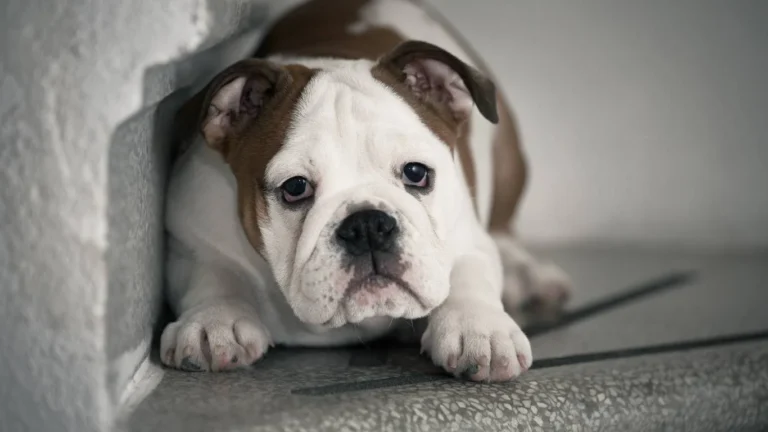Why Is My Dog’s Nose Bleeding Suddenly? Top Causes & Quick Fixes
So you’re just chilling on the couch, your pup’s curled up next to you, and suddenly—you notice blood on their nose. Total heart drop, right? You immediately ask yourself, “Why is my dog’s nose bleeding suddenly?” As a veterinary assistant who’s spent a good chunk of time dealing with everything from runny noses to rare conditions—and with a big focus on pet nutrition—I’ve seen nosebleeds spark panic more times than I can count. So let’s take a calming breath and break this down. It could be something totally minor… or a red flag that needs immediate attention. Either way, I’ve got you.
Common Causes of Sudden Nosebleeds in Dogs
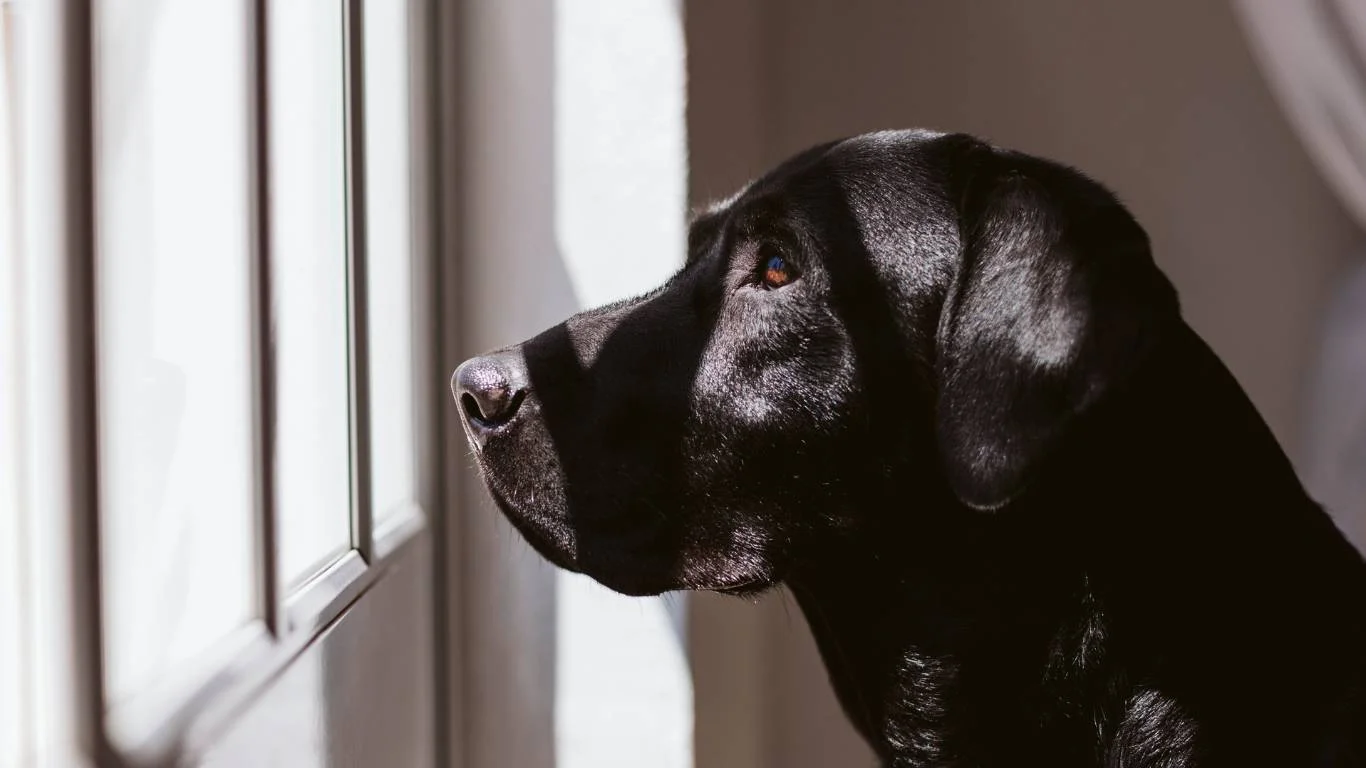
1. Trauma or Injury
This one’s more common than you might think. Dogs are curious creatures—they’ll stick their snouts in bushes, under fences, or into anything they find intriguing. One time at the clinic, a pup came in with a nosebleed after crashing head-first into a coffee table during an excited game of fetch. A minor bump can break tiny blood vessels inside the nose, causing a sudden bleed. Sometimes they don’t even yelp—they just get up and keep going, leaving a trail of blood behind. Classic dog behavior.
2. Foreign Objects
If your dog’s a sniffer (and let’s be real, most are), there’s a chance they’ve inhaled something that shouldn’t be up there. I once helped remove a small grass seed from a golden retriever’s nostril—it had caused irritation and bleeding for days before the owners caught on. Think foxtails, dirt, or even small bugs. It sounds wild, but we’ve seen it all.
3. Dry Air or Environmental Irritants
Just like humans, dogs can get dry nasal passages when the air’s super dry—especially during winter when heaters are blasting. That dryness can cause the nasal lining to crack and bleed. And don’t get me started on household cleaners or strong perfumes! If your dog’s constantly sneezing or rubbing their face, that nosebleed might be their way of saying, “Hey, something’s irritating me here.”
Could It Be a Medical Condition?

1. Clotting Disorders
Dogs can have issues with blood clotting, and sometimes owners don’t find out until a simple nosebleed turns into something more persistent. Conditions like von Willebrand disease or low platelet count (we call that thrombocytopenia) can mess with your dog’s ability to stop bleeding. I’ve seen otherwise healthy-looking dogs need emergency care just because the bleeding wouldn’t stop—it was their first symptom of an underlying clotting issue.
2. Infections or Fungal Conditions
Nasal infections—whether bacterial or fungal—can cause swelling, discharge, and yes, bleeding. Aspergillosis is a big one we’ve seen in the clinic, especially in dogs who love sniffing around in damp or moldy areas. Watch for other symptoms like nasal discharge (sometimes with a funky smell), sneezing fits, or facial pain. These cases usually need a vet to diagnose properly, often with imaging and lab work.
3. Tumors or Growths
Now, I don’t want to sound dramatic, but I also don’t want to sugarcoat it. Especially in older dogs, sudden nosebleeds can sometimes signal nasal tumors. I remember a sweet senior shepherd who came in with occasional nosebleeds—no other signs. Turned out to be a benign growth, but it took a biopsy to know for sure. Point is, if the bleeding keeps coming back or only happens from one nostril, get it checked.
Nutrition and Nose Health: What’s the Link?
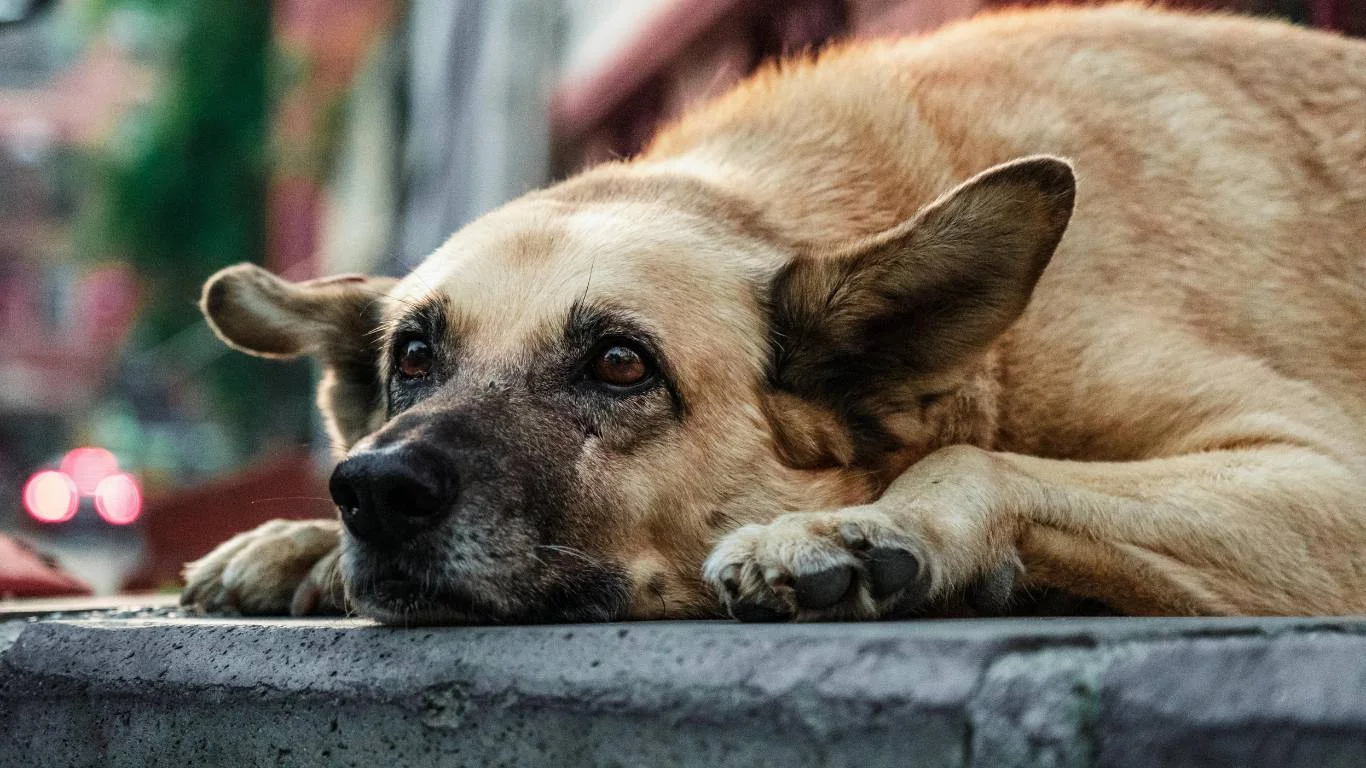
This is where I get extra nerdy (in a good way). A well-balanced diet can seriously impact your dog’s ability to heal, fight infections, and maintain strong blood vessels. Dogs lacking in certain nutrients—like vitamin K, omega-3 fatty acids, or even iron—may be more prone to bleeding issues. I’ve helped create nutrition plans for pups with clotting issues, and let me tell you, food matters. Don’t underestimate what a good diet (or a poorly formulated one) can do to your dog’s overall health, including their adorable little snoots.
- Vitamin K helps with clotting
- Omega-3s reduce inflammation in nasal tissues
- Iron and B12 support red blood cell function
Sometimes when a dog comes in with recurrent nosebleeds, the vet will check not just for diseases, but also for nutritional deficiencies. I’ve seen dogs bounce back from chronic issues simply by switching to a better-quality diet or getting the right supplements.
When to Worry and What to Do First
Okay, here’s the big question: how do you know when it’s just a little bump vs. something serious? Here’s a quick checklist I always tell pet parents to watch for:
- Is the bleeding coming from both nostrils or just one?
- Is it stopping on its own, or does it keep dripping?
- Are there other symptoms—like lethargy, loss of appetite, coughing, or weird discharge?
- Has your dog had any recent injuries or new medications?
If you said yes to any of those, it’s time to ring up your vet. You know your dog better than anyone—trust that gut feeling. Better safe than sorry.
How to Manage Your Dog’s Nosebleed at Home

Alright, so you’ve spotted that sudden blood on your dog’s nose—what now? First thing’s first: don’t panic. I know it’s easier said than done, but staying calm helps you make clearer decisions and keeps your dog calmer too. I’ve been on the other side of the exam table plenty of times, and trust me, dogs can pick up on your energy big time.
If the bleeding is fresh, here are some easy steps to follow:
- Keep your dog calm and still. Movement can make the bleeding worse, so try to gently settle them in a quiet spot.
- Apply gentle pressure. Using a clean cloth or gauze, gently press on the outside of the nose, right where the blood is coming from. Avoid sticking anything inside the nostrils—it can make things worse or cause more irritation.
- Elevate the head. If possible, keep your dog’s head slightly elevated. This helps reduce blood flow to the area.
- Avoid blowing or touching the nose. It’s tempting to check constantly, but too much poking can prolong bleeding or irritate the nasal lining.
In many cases, if the nosebleed is minor and caused by something like a tiny scratch or a dry nose, it may stop within a few minutes to half an hour. But here’s a tip I always share with pet parents: if the bleeding continues beyond 20-30 minutes or recurs frequently, it’s time to call your vet. Persistent bleeding could mean a deeper issue that needs professional care.
When to Get Emergency Help for Your Dog’s Nosebleed
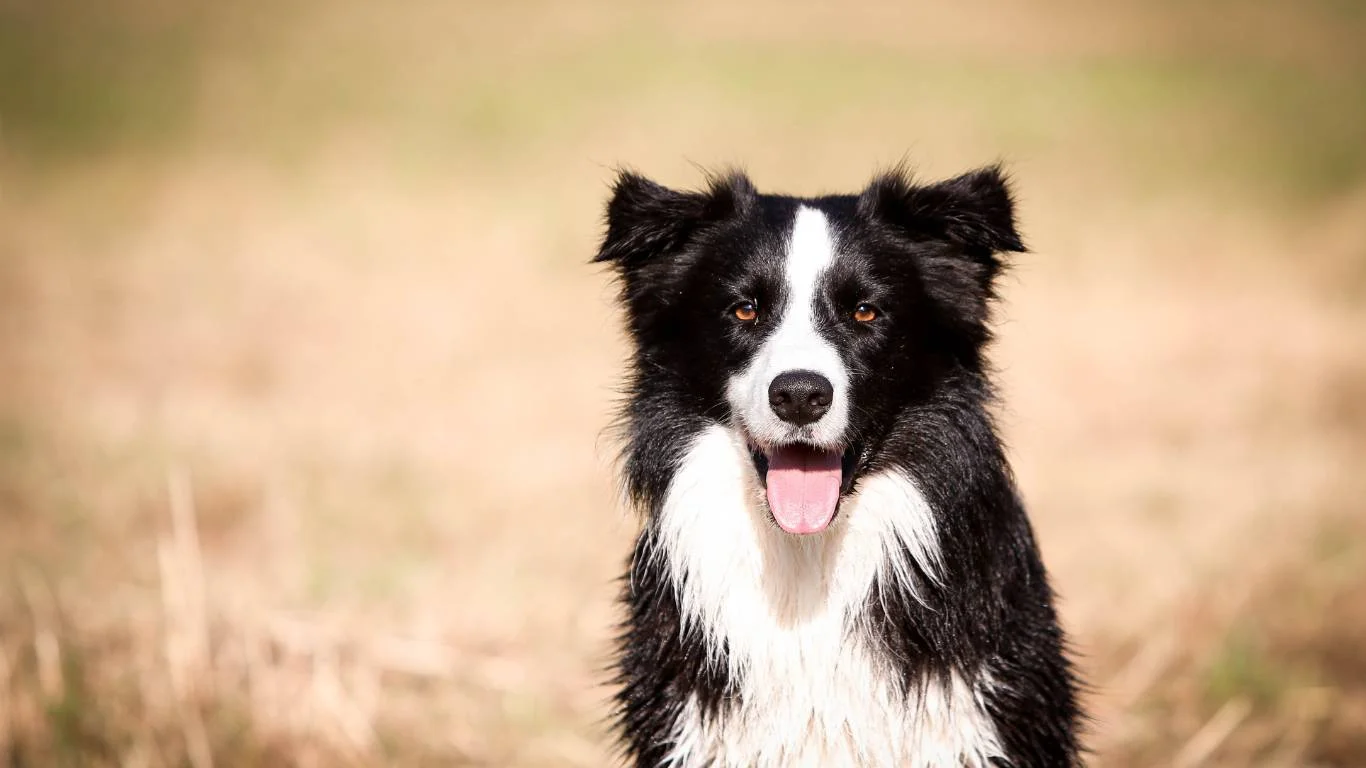
From personal experience in the clinic, I can say that some nosebleeds are more urgent than others. If your dog shows any of the following signs, don’t wait:
- Heavy or uncontrolled bleeding: If blood is pouring out or doesn’t slow down after you apply pressure.
- Difficulty breathing or swelling around the face: This can indicate a serious injury or allergic reaction.
- Bleeding accompanied by weakness, collapse, or pale gums: These signs might point to internal problems like blood disorders or severe infections.
- Bleeding after ingesting toxins or medications: Some substances interfere with clotting and can cause dangerous bleeding.
Once, a pup came in after chewing on rat poison—which affects the blood’s ability to clot—and presented with nosebleeds and bruising. That case required immediate treatment with vitamin K injections and close monitoring. It’s scary, but prompt vet intervention saved that dog’s life.
Diagnostic Tools Vets Use to Find the Cause
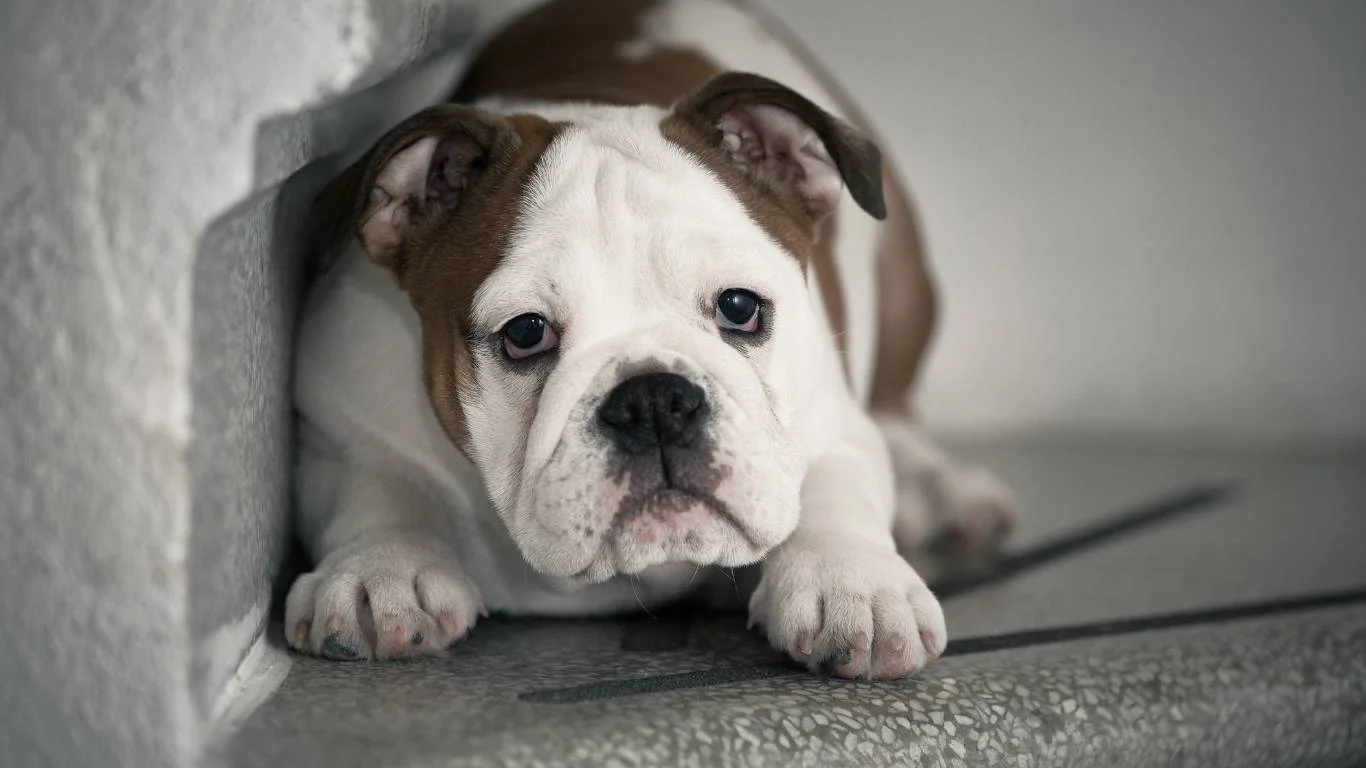
Wondering what actually happens behind the scenes when you bring your dog to the vet for nosebleeds? Here’s a peek at the diagnostic process that helps vets pinpoint the exact cause:
- Physical Exam: A thorough look at your dog’s nose, mouth, throat, and lymph nodes to check for obvious injuries or abnormalities.
- Blood Tests: These assess clotting function, platelet counts, and screen for infections or systemic diseases.
- Nasal Swabs or Cultures: Used to identify bacterial or fungal infections causing irritation and bleeding.
- Imaging: X-rays, CT scans, or rhinoscopy (using a tiny camera to look inside the nasal passages) help find foreign bodies, tumors, or structural damage.
- Biopsy: In cases where tumors or unusual tissue growths are suspected, a small sample might be taken for lab analysis.
When I assisted vets during these exams, it was always fascinating to see how all these pieces come together. A nosebleed that looks scary at first can sometimes be traced to a tiny foreign object or a mild infection—and other times it’s a clue to a more complex health issue. The important thing is that the vet uses all these tools to create a clear picture and tailor treatment accordingly.
Prevention Tips: Keeping Your Dog’s Nose Healthy
While some causes of nosebleeds are accidental or unavoidable, there are plenty of ways to reduce the risk and keep your dog’s nose in tip-top shape. From my years working hands-on with dogs and their humans, these simple strategies go a long way:
- Regular Vet Checkups: Don’t skip those annual exams. Early detection of infections or blood disorders can prevent nosebleeds.
- Keep Your Home Environment Clean: Avoid harsh chemicals, smoke, or strong fragrances that can irritate your dog’s nose.
- Maintain Humidity: Use a humidifier during dry months to prevent nasal dryness and cracking.
- Safe Outdoor Spaces: Watch out for foxtails, thorns, and other sneaky foreign objects when your dog’s exploring outside.
- Balanced Nutrition: As I mentioned earlier, a well-rounded diet supports immune health and vascular strength. If you’re unsure, talk to your vet about supplements or diet plans.
And here’s a little personal nugget: I always recommend pet parents keep a small first-aid kit handy, including sterile gauze and a muzzle (just in case). Handling a nosebleeding dog can get tricky, especially if they’re scared or uncomfortable. Being prepared helps keep you both safe.
Treatment Options Your Vet Might Recommend
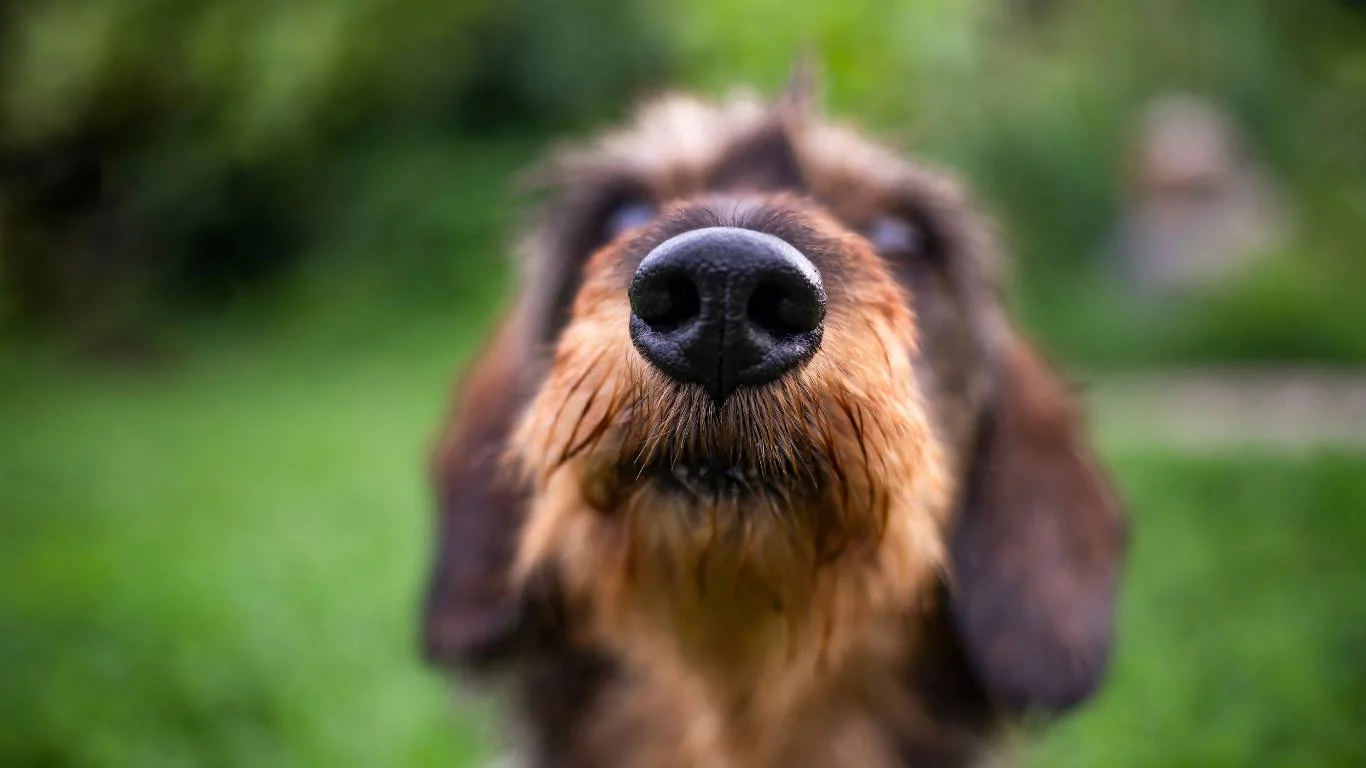
By this point, you probably have a better idea of what’s going on if your dog’s nose starts bleeding suddenly. But what happens next? Depending on the cause, your vet will tailor a treatment plan specifically for your furry friend. Here are some common routes they might take:
1. Addressing Trauma or Foreign Objects
If the nosebleed stems from an injury or a stuck object, the vet’s first step is to stop the bleeding and remove any irritants. Sometimes sedation or anesthesia is needed to safely extract a foreign body without stressing the dog. After that, they might prescribe antibiotics if there’s any risk of infection, plus pain relief to keep your pup comfortable.
2. Managing Infections and Inflammation
When infections or fungal conditions like aspergillosis are involved, vets often prescribe antifungal or antibiotic medications tailored to the infection type. I’ve seen dogs improve dramatically within a couple of weeks on the right treatment, but sometimes it takes persistence and follow-up visits. Nasal irrigation or sprays may also be recommended to help flush out irritants and promote healing.
3. Treating Blood Clotting Disorders
This category can be tricky. Blood clotting problems require careful monitoring and sometimes specialized medication. Your vet might perform blood transfusions in severe cases or provide vitamin K injections, especially if poisoning or a genetic clotting disorder is to blame. The key here is close vet supervision and adjusting treatments based on how your dog responds.
4. Surgery or Biopsy for Tumors
If a tumor is found, the vet will discuss options that can range from surgical removal to radiation therapy or chemotherapy, depending on the tumor’s type and location. I’ve witnessed owners face tough decisions here, but vets always provide guidance focused on the dog’s comfort and quality of life. Early detection, again, is a game-changer when it comes to these cases.
My Personal Takeaway: Trust Your Instincts and Your Vet

Working alongside vets and caring for dogs in all kinds of situations has taught me a simple truth: pet parents know their dogs best. If something feels off, don’t wait it out or brush it off. Sudden nosebleeds might seem alarming (and they should be taken seriously), but with prompt action and the right care, most dogs pull through just fine.
One thing I always emphasize is building a strong relationship with your vet. Ask questions, take notes, and don’t be shy about seeking second opinions if you feel unsure. Veterinarians are your partners, and their expertise combined with your knowledge of your dog’s normal behavior creates the best chance for a positive outcome.
In my experience, simple things like keeping a journal of symptoms, changes in behavior, or recurring nosebleeds can really help vets make faster, more accurate diagnoses. Plus, it gives you peace of mind knowing you’re staying proactive.
Key Takeaways to Remember
- Sudden nosebleeds can stem from many causes: trauma, foreign objects, infections, clotting disorders, and tumors.
- Immediate home care: keep your dog calm, apply gentle pressure, and monitor the bleeding closely.
- Seek vet care if bleeding persists, is heavy, or is accompanied by other worrying signs.
- Regular vet visits and balanced nutrition are vital to help prevent or manage nosebleeds.
- Trust your instincts and communicate openly with your vet.
References & Resources
- American Veterinary Medical Association
- American Animal Hospital Association
- Veterinary Information Network
- DVM360 Veterinary Resources
Disclaimer
The information provided here is based on my experience as a veterinary assistant and general veterinary knowledge. It is intended to help you understand potential causes and actions regarding your dog’s sudden nosebleed but is not a substitute for professional veterinary care. If your dog experiences nosebleeds or any other health concerns, please seek advice from a licensed veterinarian promptly. Early diagnosis and treatment can make all the difference in your pet’s health and well-being.


